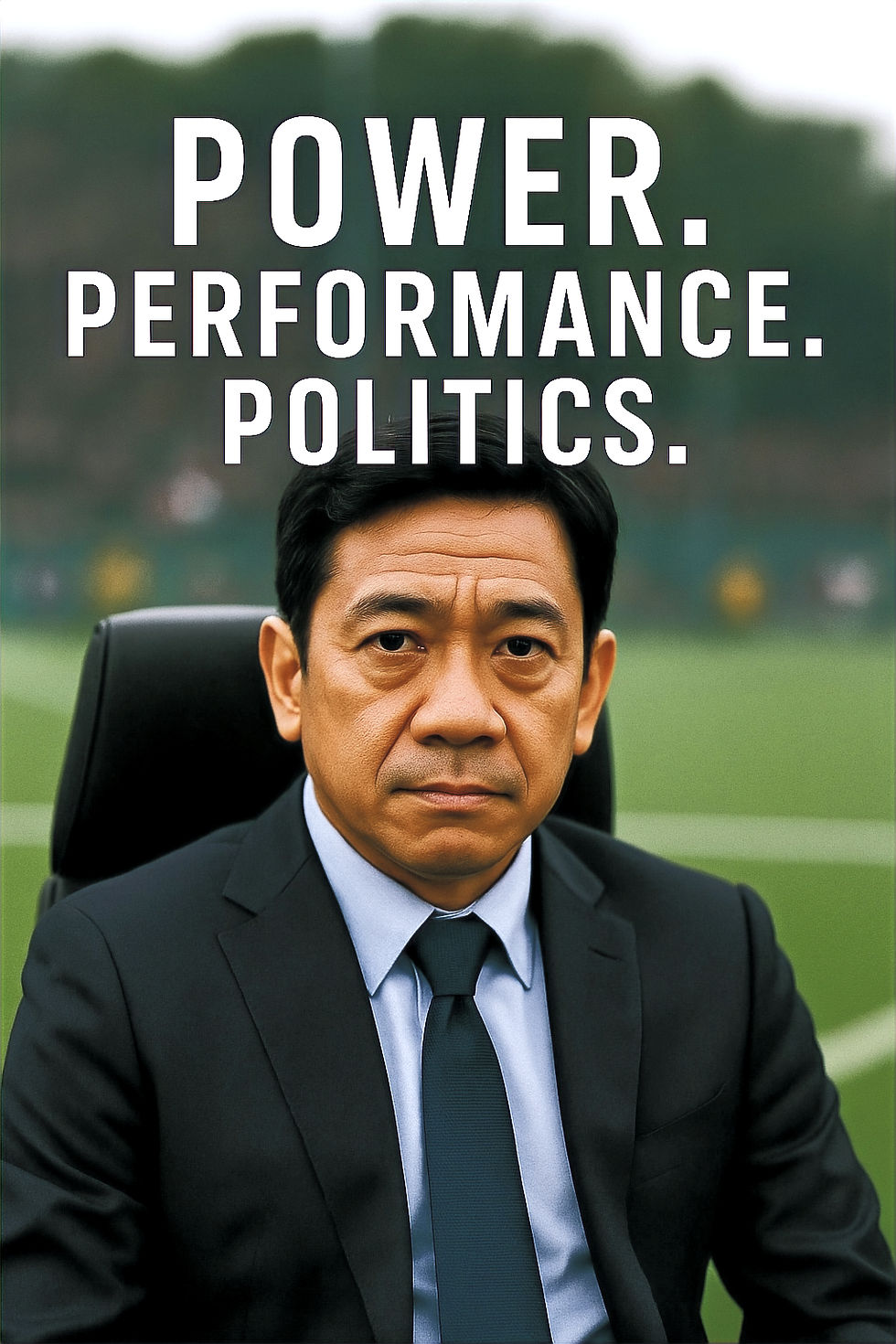The AD’s Burden – When Supporting Coaches Turns Into Babysitting
- Edward Graves
- May 21
- 2 min read
THE WEIGHT OF RESCUE
Post 02: The AD’s Burden – When Supporting Coaches Turns Into Babysitting
Loyalty without accountability breaks programs.

Athletic Directors are supposed to be protectors of the program, not caretakers of dysfunction. But somewhere between trying to support a coach and shielding them from consequences, too many ADs find themselves playing the role of babysitter—not leader.
Sometimes it’s the underperforming coach:
They talk a good game. They’ve been around forever. But the kids stop improving, the team stops winning, and the energy on campus shifts. What started as belief turns into chronic excuse management. You find yourself covering for poor communication, patching up team morale, and explaining away issues to parents and administrators. You’re not leading a program anymore—you’re running a daycare with a scoreboard.
Other times, it’s the successful coach:
They bring in wins. They’ve built a name. They might even have alumni in the pros. But off the field? They leave wreckage. Disrespectful to staff, dismissive of rules, undermining your authority in subtle ways. You want to believe results justify the friction. But the truth is, high performers without boundaries can be just as damaging as underperformers. They drain your energy differently—but the effect is the same: burnout, resentment, and an eroded culture.
Either way, the cost is real.
Your focus shifts from strategy to stress. From vision to damage control. From leadership to emotional labor. And the worst part? Everyone watching—from your coaches to your athletes—starts to wonder what kind of culture you’re really protecting.
Because when dysfunction wins… no one respects the shield.
THE AD’S BALANCE PLAN
Three Moves to Stop Babysitting and Start Leading:
Differentiate Support from Surrender.
You can support a coach while still holding the line. Praise results, yes—but not at the cost of your authority, your values, or your team’s peace.
Build an Accountability Framework—For All Tiers.
High-performers get evaluated too. Create systems that measure not just outcomes, but impact: staff retention, athlete satisfaction, culture ratings, program alignment. Make it clear that results don’t excuse behavior.
Document and Decide.
Track interventions, support offered, and repeated patterns. Use data, not just emotion, to guide decisions. Whether it’s renewal or removal, move with clarity and confidence—not just history or fear.
Bonus: Start succession planning before you need it. Whether someone leaves, flames out, or becomes too toxic to retain, your job is to keep the pipeline full and the program moving forward.
Reminder:
Leadership isn’t about how long someone’s been in place or how much they’ve won.
It’s about who still builds, inspires, and upholds the culture every single season.
Don’t confuse fear of conflict with loyalty. That’s how programs fall asleep under your watch.




Comments